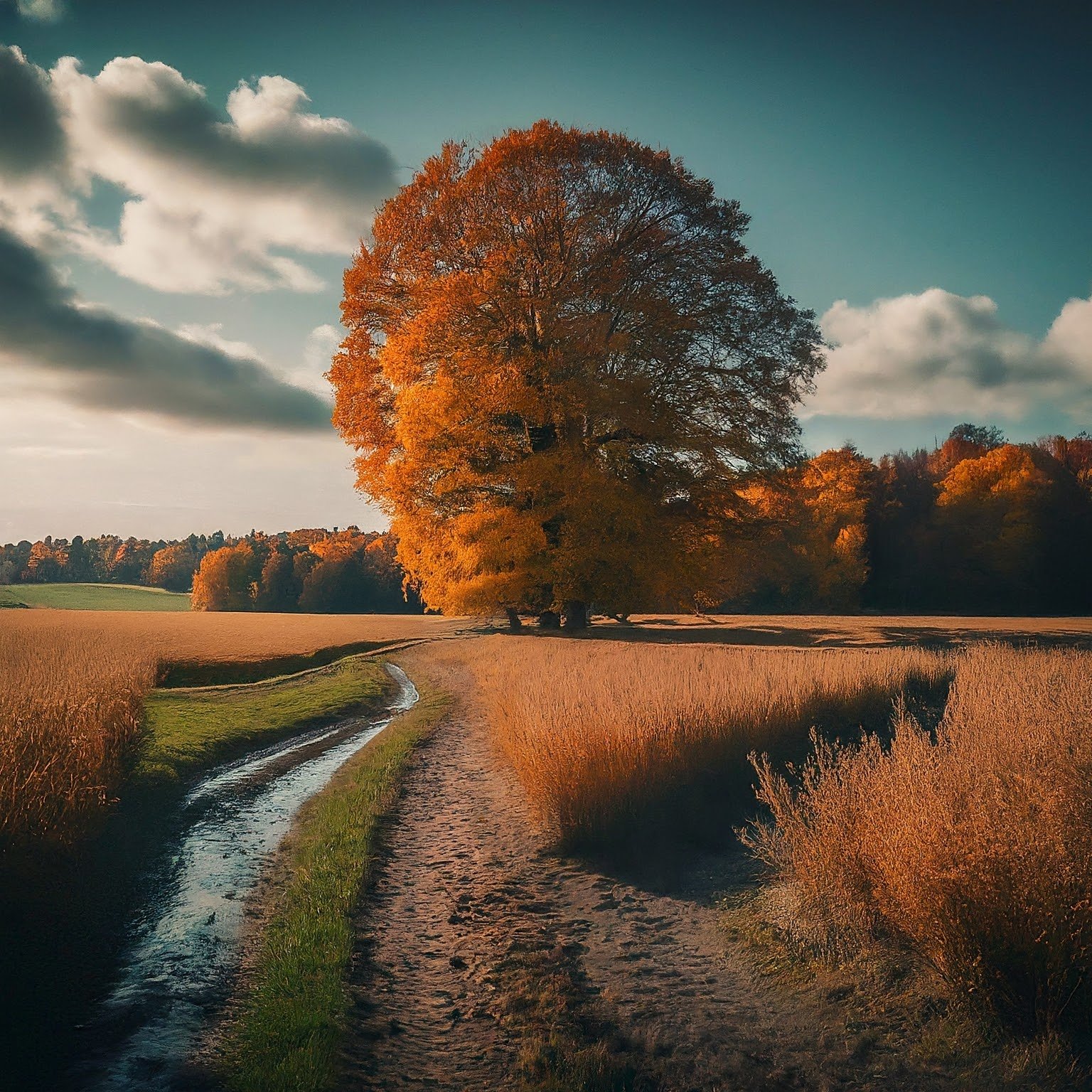Prompt Engineering for Image Generation
Discover techniques and best practices for crafting prompts that generate visually compelling and relevant images using generative AI models.

Understanding Image Generation Models
Before diving into prompt engineering for image generation, it's essential to understand the capabilities and limitations of different image generation models, such as:
- Generative Adversarial Networks (GANs): Models like StyleGAN and BigGAN can generate high-quality, realistic images based on learned patterns from training data.
- Transformer-based Models: Models like DALL-E and Image GPT use transformer architectures to generate images from textual descriptions.
- Diffusion Models: Models like Midjourney and Stable Diffusion use diffusion-based techniques to generate images with high fidelity and diversity.
Crafting Effective Prompts for Image Generation
When creating prompts for image generation, consider the following tips:
- Use clear and specific language to describe the desired image content, including objects, scenes, and actions.
- Specify the desired style, aesthetic, or artistic influences, such as photorealism, cartoon, or painting styles.
- Provide guidance on composition, such as the arrangement of elements, camera angles, and perspective.
- Include any specific colors, textures, or lighting conditions to incorporate.
Example Prompt:
"Generate a photorealistic image of a majestic lion sitting on a rock in the African savanna. The lion should have a golden mane and be looking directly at the camera. The background should include a vast, grassy plain and a beautiful sunset sky with shades of orange and pink. Use a low camera angle to emphasize the lion's strength and presence."
Controlling Style, Composition, and Aesthetic
To generate images with specific styles or aesthetics, consider the following techniques:
- Reference well-known artists, art movements, or specific artwork to guide the model's stylistic choices.
- Use descriptive language to convey the desired mood, atmosphere, or emotion of the image.
- Provide examples of images with similar styles or compositions to help guide the model.
- Experiment with different combinations of prompts and settings to fine-tune the generated images.
Example Prompt:
"Create an image of a futuristic cityscape at night, inspired by the art style of Blade Runner 2049. The city should have towering skyscrapers with neon lights and holographic advertisements. Include flying vehicles and a dark, rainy atmosphere. Use a cinematic composition with a wide-angle view of the city streets and a low, dramatic lighting."
Generating Images for Specific Use Cases
When generating images for specific use cases, such as product design, advertising, or social media, keep the following points in mind:
- Clearly define the purpose and target audience of the image.
- Provide specific guidelines on the desired visual elements, branding, and messaging.
- Include any necessary text, logos, or graphics to incorporate into the image.
- Specify the required image dimensions, resolution, and file format.
Example Prompt:
"Generate a product image for a new line of organic, vegan protein bars. The image should showcase the protein bar packaging, which features a minimalist design with a white background and green accents. Include the product name 'VegaBoost' and the flavors 'Peanut Butter Chocolate' and 'Strawberry Vanilla'. The protein bars should be arranged in a visually appealing manner, with some unwrapped to show the texture. Use a clean, modern aesthetic and high-quality rendering. The final image should be 1500x1500 pixels in PNG format."